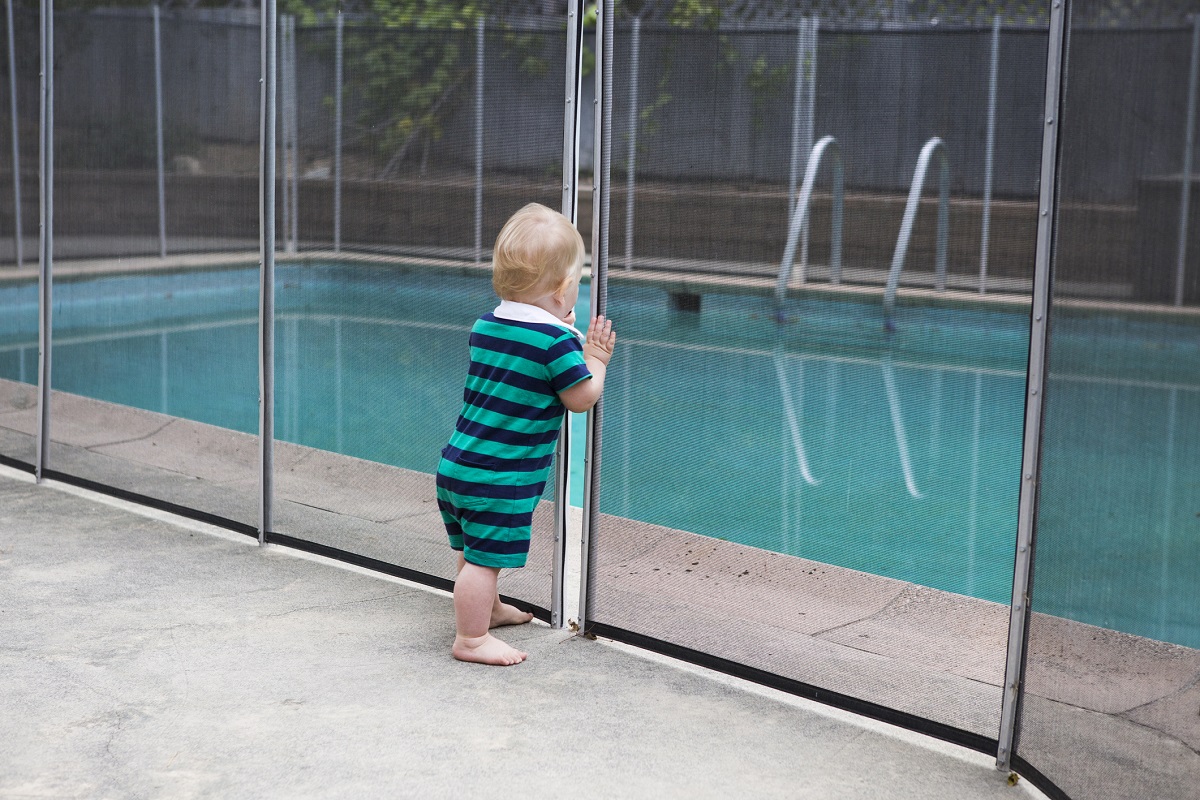The Medical Minute: How to protect your child from drowning

Sometimes, drowning isn’t dramatic. There’s no flailing. No cries for help. It’s silent and insidious.
It’s also often preventable — including incidents where children have drowned right in front of their parents, who never even realized their child was in trouble.
Jen Lau, manager of the Pediatric Trauma and Injury Prevention Program at Penn State Health Children’s Hospital, shares what you should do to ensure your kids’ safety in water this summer.
Know the risks and set the rules
Drowning can happen wherever there’s water — streams, lakes and water parks as well as things around the house, like toilets. “A child can drown in less than two inches of water,” Lau said.
Two-thirds of drownings among infants under a year old occur in a bathtub. “We’ve seen cases where the briefest distractions have led to tragedy,” Lau said. Infants and young children should always be supervised and within an arm’s reach of their caretaker during bath time.
Sometimes, parents may not be aware of a drowning risk, such as a neighbor’s yard where there’s a small fish pond. For that reason, Lau recommends teaching young children that water can be dangerous – just like cars.
“Explain to them, ‘You know how you don’t cross the street without a grown-up? You shouldn’t go in or near water without a grown-up, either,’” she said.
Swim lessons when they’re as young as 1
Swim lessons are essential for summer safety — the earlier, the better. “The goal is to get young children comfortable in the water,” Lau said, “and start building their swim-readiness skills.” The American Academy of Pediatrics recommends starting lessons between the ages of 1 and 4, depending upon when the child is developmentally ready.
Lau recommends pools rather than open water for young or inexperienced swimmers. “Oceans, creeks or lakes can have uneven surfaces, unpredictable depths, waves and currents that make swimming much more challenging,” she said.
Designate watchers, get brightly colored suits
Learning to swim makes drowning less likely, but neither lessons nor flotation devices should replace close, dedicated supervision, Lau said.
“Parents may have a false sense of security that there are all these moms and dads around so they feel like everyone’s watching the kids,” she said. “But when everyone’s watching, no one is. Tragically, we’ve seen how a distracted parent has missed that their child was in distress and drowning just a few feet away.” Children drown quickly, often when they are vertical in the water with their head tipped back, Lau explained. “It’s easy to miss.”
Even when there’s a lifeguard on duty, parents should still watch their children. “The lifeguard’s there watching everyone’s kids,” Lau said. “Look after your own for added safety.”
Lau also advises that children wear bright colored swim suits, like orange or yellow, to make them more visible. “Avoid blues or greens that will blend in with the water.”
Childproof pool areas and avoid mermaid tails
Pennsylvania has requirements for fencing around private pools, including self-closing and self-latching gates. Ideally, Lau said, the fence should be four-sided and separate the pool from the house and back yard, so children can’t access the pool directly from the home.
Remove temptation, too. An important part of water-related summer safety is limiting temptation. Lau advises parents not to leave toys in the pool area after swim time is over. She also says to drain small wading pools and place them out of reach of small children when not in use.
One relatively new trend that can be concerning is kids wearing mermaid tails to play in the water. “Sure, it looks fun,” she said. “But it’s not the best idea to put your child in a pool with their legs bound together and no way to stand. These mermaid tails greatly limit their mobility in the water and can be really dangerous.”
Learn CPR
If the unthinkable happens and a child is drowning, knowing cardiopulmonary resuscitation (CPR) can make the difference between a near-drowning and death.
“Every parent should know how and when to do CPR so they can act immediately until help arrives, instead of waiting for emergency responders to get there,” Lau said.
Related content:
- Drowning and Potential Drownings – Penn State Health Children’s Hospital – YouTube
- The Medical Minute: Reminders for a healthy summer
The Medical Minute is a weekly health news feature produced by Penn State Health. Articles feature the expertise of faculty, physicians and staff, and are designed to offer timely, relevant health information of interest to a broad audience.
If you're having trouble accessing this content, or would like it in another format, please email Penn State Health Marketing & Communications.
